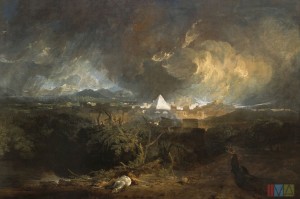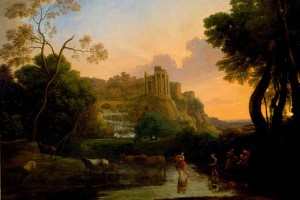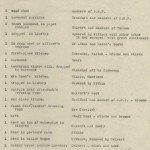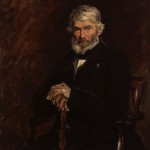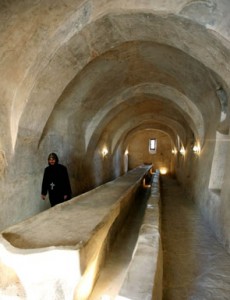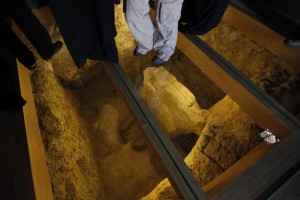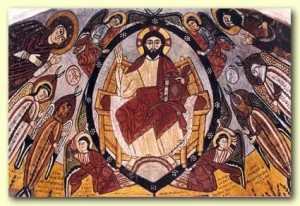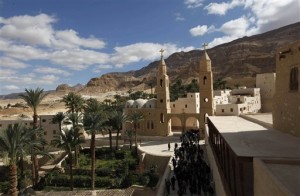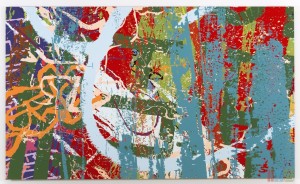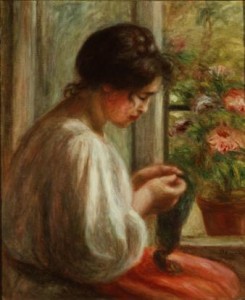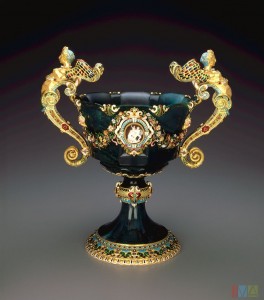 Five years ago excavations in the UK city of Colchester uncovered what archaeologists at first thought was an oddly wide road, but then quickly realized was actually a 2nd century A.D. chariot racing circus. This was a major discovery. Not only is it the only Roman circus ever found in the UK, but it’s the only one north of the Alps.
Five years ago excavations in the UK city of Colchester uncovered what archaeologists at first thought was an oddly wide road, but then quickly realized was actually a 2nd century A.D. chariot racing circus. This was a major discovery. Not only is it the only Roman circus ever found in the UK, but it’s the only one north of the Alps.
Nothing remains above ground except stones taken for later building, but for almost 2,000 years the 350m outline has remained remarkably intact, under fields and 19th-century army land. The stable blocks that held up to 2,500 horses for a day’s racing may lie under derelict Victorian cavalry stables and barracks. […]
Since then CAT has traced long stretches of the perimeter, which had banked seats holding up to 15,000 people. In the central reservation they found bases of start and finish posts, and water pipes proving the circus was grand enough to have the elaborate fountain lap markers shown in Roman mosaics.
They also found scraps of beautifully decorated carriage harness right up against the wall – evidence of an F1 style crash when a driver lost control of his team and spun off into the barrier.
The remains were reburied for their protection. Unfortunately, they are located underneath said Victorian army barracks, gardens and public roads, so unless the community can raise £200,000 ($312,000) by the end of February to buy the Victorian garden site from developers, the circus will remain underground and be built upon.
 Then they have to come up with another £550,000 ($860,000) to buy the barracks building itself. They tried to get a million pound grant from Heritage Lottery Foundation, but despite the international importance and rarity of the site, the bid was refused. It was just too high a price, ultimately. The HLF could fund tons of smaller projects for that money.
Then they have to come up with another £550,000 ($860,000) to buy the barracks building itself. They tried to get a million pound grant from Heritage Lottery Foundation, but despite the international importance and rarity of the site, the bid was refused. It was just too high a price, ultimately. The HLF could fund tons of smaller projects for that money.
If they are able to buy the site, the next step will be to build a vistor center on the grounds of the barracks, right next to the starting gates of the circus. The boundaries and divider of the track will then be built up into knolls so the entire area can be walked and people can get a sense of the size of the structure, which in its heyday accommodated 15,000 fans.
Go to the Save Colchester’s Roman Circus blog for more news about the fundraising appeal and to donate to the cause.
